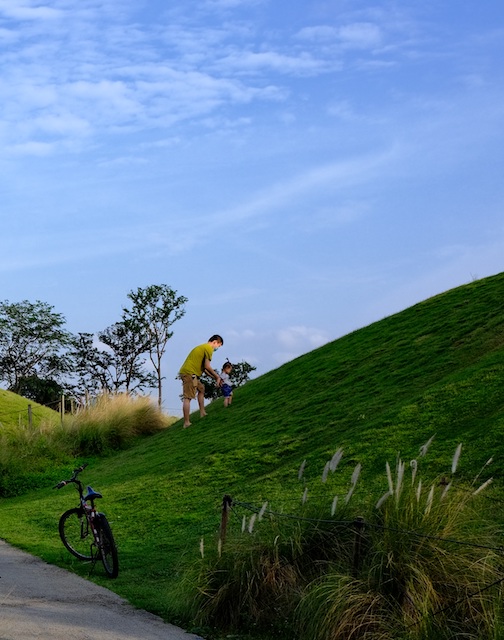Ladies and gentlemen, start or restart journaling in 2022. How I Began and Your Perfect Beginning I began journaling in earnest after attending a Spiritual Renewal Seminar in the late 1970’s when Brian Bailey, a prophet and teacher of the Word, talked about the need to keep a record of what you learned as you […]
What if you are not the type that can sit still and pray? Are alternatives to silencing the heart and resting the mind available? Yes. One is to go for a sensory stroll. A stroll is a short leisurely, slow walk. Not natural for most Singaporeans. According to surveys, we are some of the fastest […]
Treasuring silence is one of hardest and oddest thing to do in modern urban society. But it is absolutely necessary if we care about our spirituality and growth in maturity. The spiritual discipline of silence is essential material for our formation into godly persons. In this discipline we shut our souls up from all kinds […]
The gift of tongues is one of the spiritual gifts that I appreciate greatly because it is a great aid to prayer. The apostles and the women who followed Jesus, and the mother of Jesus, all spoke in other tongues on the Day of Pentecost when the Spirit came upon them in power (Acts 1, […]
Checking in with our feelings at the beginning is another tool or aid to prayer. To be aware of our emotions is a good prelude to authentic prayer. We are praying as a whole person. We do not come to God only with our minds and reason. We come to him with body, mind, and […]
This picture caught my attention more than others I took that day. Sometimes I intuitively sense that the photo has more than lines, light and shadows. It is more than just an interesting composition. It is worth going back to it, gaze at it in stillness and silence, and let the Spirit blow as he […]





